10 Best Herbal Essential Oils For Eye Infection

Herbal essential oils, such as tea tree, eucalyptus, and lavender, are often used for their antimicrobial and anti-inflammatory properties, making them a natural alternative for treating mild eye infections.
These oils can be diluted with a carrier oil and applied around the eyes to help reduce redness, swelling, and discomfort. However, it is important to note that essential oils should never be applied directly to the eyes, as they can cause irritation or damage. While some studies suggest their potential benefits, they should not replace professional medical treatment for more severe infections.
Always consult a healthcare provider before using essential oils for eye conditions to ensure safety and effectiveness.
FREE Herb Drying Checklist
How to make sure every batch retains maximum flavor, color, and aroma without the risk of mold or over-drying. Eliminate guesswork and trial-and-error, making herb drying faster, easier, and more efficient every time.
Table of Contents
1. Eucalyptus globulus
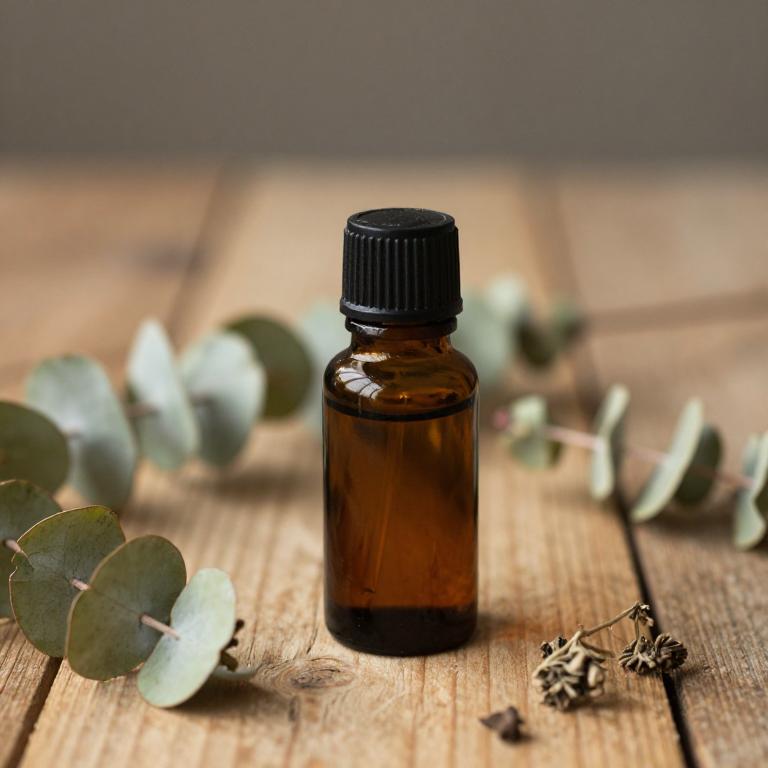
Eucalyptus globulus, commonly known as silver gum or blue gum eucalyptus, is a species of eucalyptus native to Australia, and its essential oil is widely used for its therapeutic properties.
The oil contains compounds such as cineole, which possess antimicrobial and anti-inflammatory effects, making it potentially beneficial for treating eye infections. While some studies suggest that eucalyptus oil may have a role in reducing microbial load in the eye, it is important to note that it should not be used directly in or around the eyes without proper dilution and guidance from a healthcare professional. Due to its potency, the essential oil must be diluted with a carrier oil before applying it near the eye area to avoid irritation.
Although it may offer some supportive benefits, it is not a substitute for medical treatment, and individuals with eye infections should consult an ophthalmologist for appropriate care.
2. Chamomilla recutita
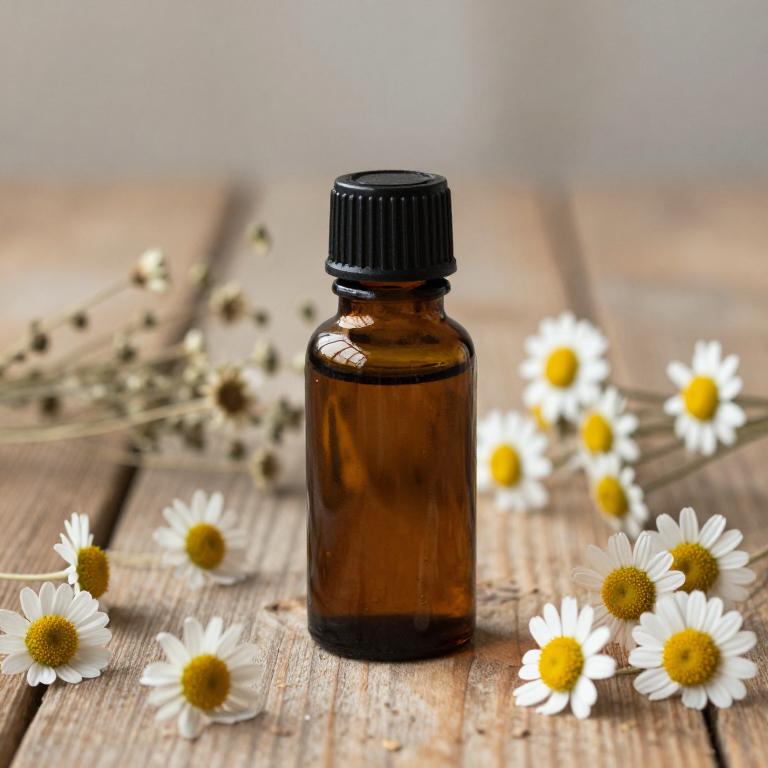
Chamomilla recutita, commonly known as German chamomile, is widely used in aromatherapy and natural medicine for its calming and anti-inflammatory properties.
Its essential oil, derived from the flowering heads of the plant, contains compounds such as bisabolol and chamazulene, which have been shown to possess antimicrobial and soothing effects. When used for eye infections, chamomile essential oil may help reduce redness, irritation, and swelling due to its mild antiseptic qualities. However, it is important to dilute the oil properly with a carrier oil before applying it near the eyes to avoid irritation.
While it can be a complementary therapy, it should not replace professional medical treatment for more severe or persistent eye infections.
3. Melaleuca alternifolia
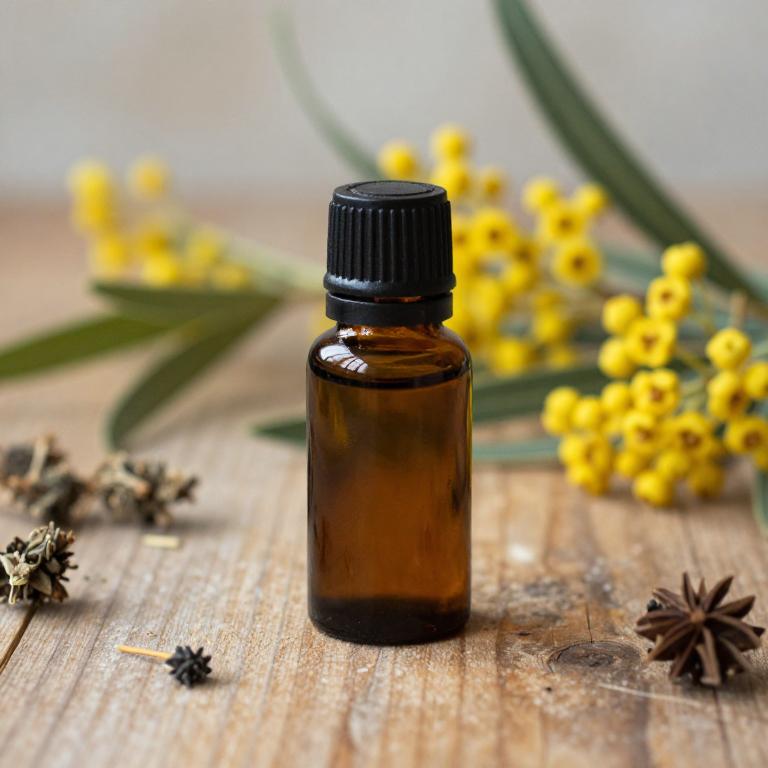
Melaleuca alternifolia, commonly known as tea tree oil, is a potent herbal essential oil derived from the leaves of the Melaleuca alternifolia plant, native to Australia.
It is well-known for its strong antibacterial, antifungal, and anti-inflammatory properties, making it a popular choice for natural remedies. While tea tree oil is often used for skin infections and acne, it can also be beneficial in the treatment of certain types of eye infections when properly diluted and applied. However, it is important to note that it should never be applied directly to the eyes without professional guidance due to its potency.
Always consult a healthcare provider before using tea tree oil for eye-related issues to ensure safety and effectiveness.
4. Lavandula angustifolia
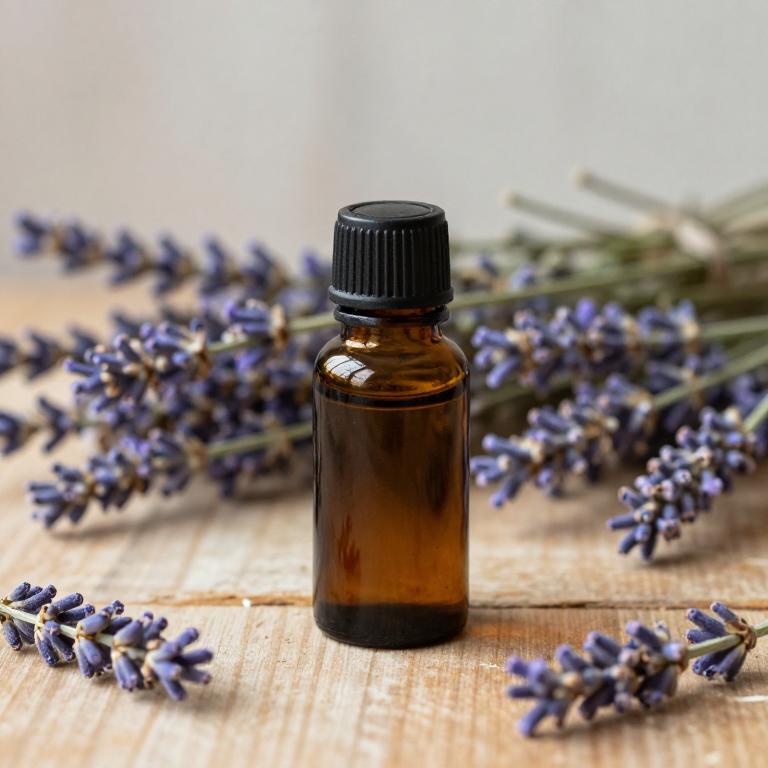
Lavandula angustifolia, commonly known as English lavender, is widely recognized for its calming properties and therapeutic benefits, including its use in essential oils for eye infections.
The essential oil derived from this plant contains compounds such as linalool and linalyl acetate, which possess antimicrobial and anti-inflammatory properties that may help reduce symptoms of eye infections. When diluted properly, lavender essential oil can be applied topically around the eyes to soothe irritation and promote healing. However, it is important to consult a healthcare professional before using essential oils near the eyes, as improper use can cause further irritation.
While lavender oil may offer some relief, it should not replace conventional medical treatments for more severe or persistent eye infections.
5. Cinnamomum zeylanicum
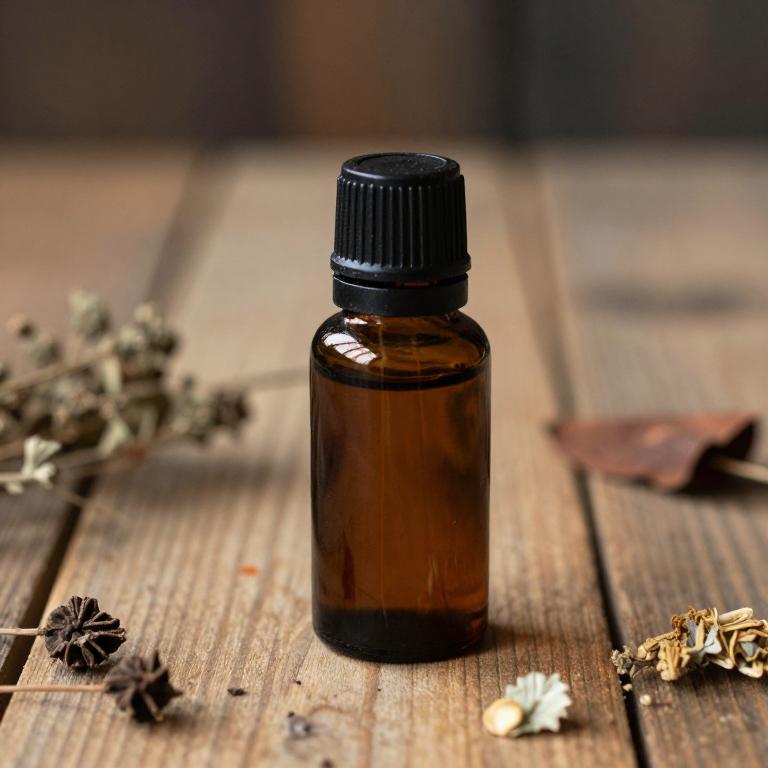
Cinnamomum zeylanicum, commonly known as cinnamon, is a plant whose essential oil has been traditionally used for its antimicrobial and anti-inflammatory properties.
The essential oil derived from its bark contains compounds like cinnamaldehyde, which exhibit strong antibacterial and antifungal effects, making it potentially useful in treating eye infections. When applied topically, the oil can help reduce inflammation and combat bacterial or fungal pathogens that may cause conditions like conjunctivitis or blepharitis. However, it is important to dilute the essential oil properly with a carrier oil before use to avoid irritation, and it should not be used directly in the eyes without medical supervision.
While some preliminary studies suggest its efficacy, more clinical research is needed to fully establish its role in treating eye infections.
6. Thymus vulgaris
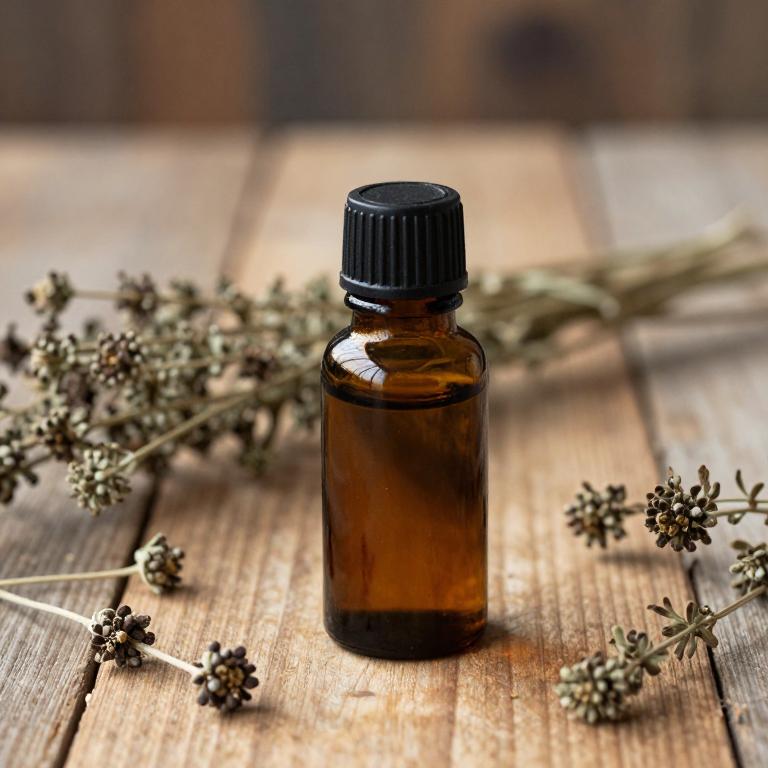
Thymus vulgaris, commonly known as thyme, is a herb widely recognized for its potent antimicrobial and anti-inflammatory properties, making its essential oil a valuable natural remedy for eye infections.
The essential oil contains compounds such as thymol and carvacrol, which have been shown to inhibit the growth of bacteria and fungi that often contribute to eye infections. When used appropriately, thyme essential oil can help reduce redness, swelling, and discomfort associated with conditions like conjunctivitis or styes. However, it is crucial to dilute the oil properly with a carrier oil before applying it near the eyes to avoid irritation.
While thyme essential oil may offer supportive benefits, it should not replace professional medical treatment for more severe or persistent eye infections.
7. Hypericum perforatum
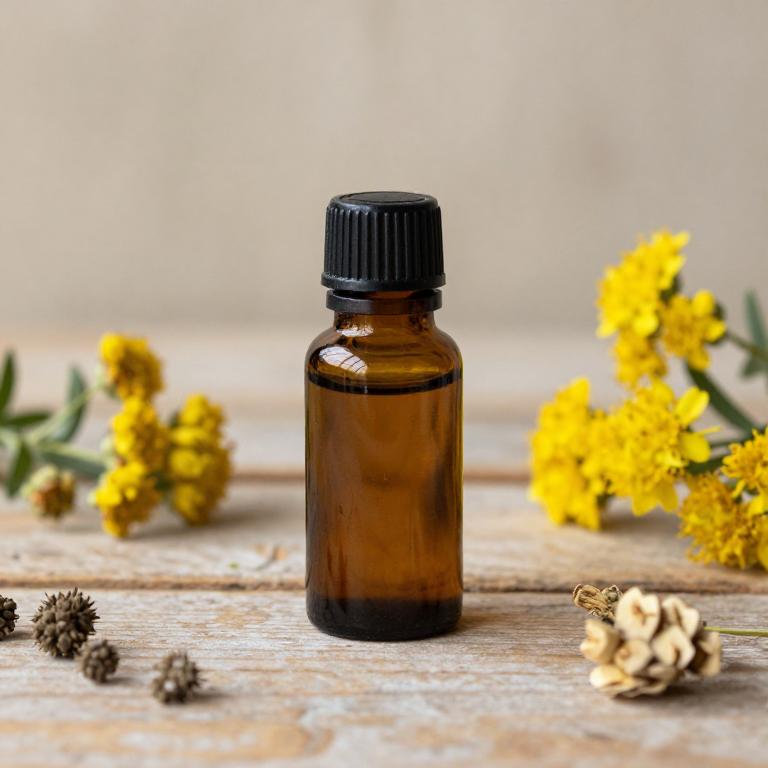
Hypericum perforatum, commonly known as St. John's Wort, is a plant whose essential oils have been explored for their potential therapeutic properties, including antimicrobial and anti-inflammatory effects.
While the essential oils of Hypericum perforatum are not typically used as a primary treatment for eye infections, some studies suggest that compounds within the plant may exhibit activity against certain bacteria and fungi. However, it is important to note that the essential oils are highly concentrated and may cause irritation if used improperly, especially around the delicate eye area. Due to the risk of side effects and lack of standardized clinical evidence, it is recommended to consult a healthcare professional before using any herbal remedies for eye infections.
In most cases, conventional treatments such as antibiotic eye drops are considered more effective and safer for treating bacterial eye infections.
8. Origanum vulgare
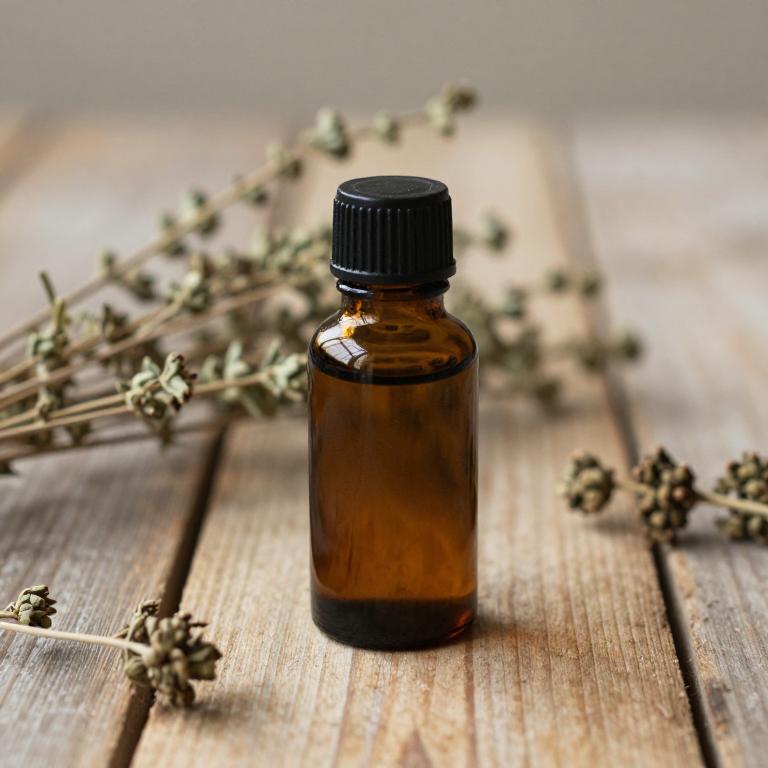
Oreganum vulgare, commonly known as oregano, is a herb that has been traditionally used for its potent essential oils, which contain compounds like carvacrol and thymol known for their antimicrobial and anti-inflammatory properties.
These essential oils may help in treating eye infections by reducing bacterial growth and soothing irritation around the eyes. However, it is important to note that direct application of oregano essential oil to the eyes should be avoided due to its potency and potential for irritation. Instead, diluted forms of the oil may be used in supportive care under the guidance of a healthcare professional.
While some studies suggest its antimicrobial effects, more research is needed to confirm its efficacy and safety for treating eye infections specifically.
9. Pimpinella anisum
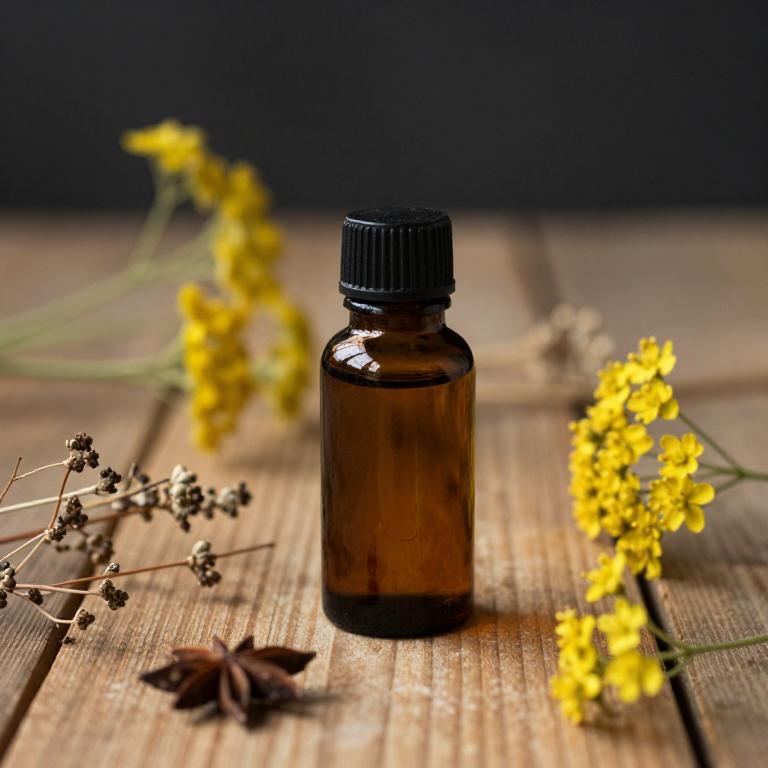
Pimpinella anisum, commonly known as anise, is a plant whose essential oil has been traditionally used for its aromatic and therapeutic properties.
The essential oil derived from anise seeds contains compounds like anethol, which possess antimicrobial and anti-inflammatory effects, making it potentially beneficial for treating eye infections. When used appropriately, anise essential oil may help reduce symptoms such as redness, swelling, and irritation associated with conditions like conjunctivitis. However, it is important to dilute the oil properly before applying it to the eye area to avoid irritation or adverse reactions.
As with any herbal remedy, it is advisable to consult a healthcare professional before using anise essential oil for eye infections to ensure safety and effectiveness.
10. Curcuma longa

Curcuma longa, commonly known as turmeric, contains curcumin, a powerful antioxidant and anti-inflammatory compound that has been studied for its potential therapeutic benefits.
While curcuma longa is primarily known for its use in culinary and traditional medicine, its essential oils derived from the rhizomes may offer additional therapeutic properties. These essential oils are rich in volatile compounds such as curcumenol and germacrone, which exhibit antimicrobial and anti-inflammatory effects. Some preliminary research suggests that these oils may help in reducing symptoms of eye infections by combating microbial growth and reducing inflammation.
However, further clinical studies are needed to confirm their efficacy and safety for direct application to the eyes.